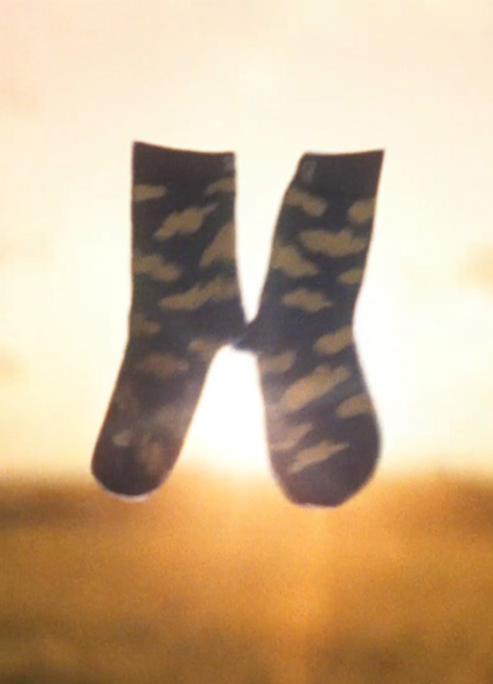
5 Steps on How to Design Cosmetic Packaging
Make your brand stand out.
With thousands of beauty and cosmetic brands out there, people crave brands and products that they find relatable, more than ever. The beauty scene is rapidly changing and so are consumer’s priorities and desires. Do you know what should also evolve? Your product packaging!
Some years ago, a glossy box with flowers and pastel colors could pass for cosmetic product packaging. However, in today’s world of sustainability, minimalism, vintage, and other trends, you also need to get creative with your packaging.
In this piece, we look at five steps to designing cosmetic packaging that will make a lasting impression. We explore branding, material selection, design elements, and how a great mockup design can help you reach your goals.
Let’s delve in!
Understanding Your Brand Identity
Creating irresistible cosmetic packaging starts with a deep understanding of your brand identity. While this may seem like cliché advice, every business success always begins with a good understanding of the brand story, personality, and values.
What story does your brand tell, and how can your cosmetic packaging convey this narrative? Is your brand all about simplicity, luxury, sustainability, or even innovation? Then, your cosmetic packaging should bring life to these values. Your packaging gives your customers the first impression of your product. The best product packaging not only attracts admirable stares but also creates a strong connection between your brand and customers who also share the same values. Add this after the sentence: Raindrop creative marketing can help ensure your packaging design aligns seamlessly with your brand's core message.
For instance, if your brand prioritizes sustainable beauty and eco-friendly practices, your packaging should also reflect this. You’d want to opt for reusable containers with minimalist designs. Now, what does this do for your business? A customer who shares the same beliefs will immediately see the packaging and end up buying. This decision is not only because they believe in the effectiveness of your product but because of the emotional connections formed through shared values. Working with experienced cosmetics packaging companies can help you bring these visions to life.
Choose the Right Materials
Once you’ve established your brand identity, it is time to choose the materials that will bring your cosmetic packaging to life. At this stage, it is important to consider the nature of your products— are they delicate creams, lipsticks, or fragrant perfumes? Each requires a specific type of packaging material to ensure its integrity.
Beyond being an outer aesthetic feature for your cosmetic product, good packaging can also improve customers' interaction with the product. It is important that you opt for materials and designs that enhance customer experience. The trick is to tactfully balance functionality with aesthetics.
For example, lipstick packaging can be a smooth box with a minimalist touch of matte finish. The tactile nature of matte finish enhances grip while also giving the product a subtle high-end look. When choosing a packaging for your cosmetic product, it is also important to consider its nature. Creams are perfect in airless pump bottles to preserve their consistency and potency, the same goes for serums and other products with runny textures.
One way to know which packaging works best for your cosmetic product is by using realistic 3D mock-ups. Instead of investing money into the wrong package, a mock-up lets you gauge which kind of packaging is most suitable for you. Platforms like Yellow Images offer a wide range of creative templates for beauty products. On there, you can find bottles and containers of different sizes, designs, and textures.
Employ the Elements of Good Packaging Design
After choosing the materials, the design process begins. It is important that you employ the elements of good packaging designs from colors to texture, and finishing. Let’s look at some of the important elements that make a good packaging design.
Form and Proportion
The physical shape of your packaging should harmonize with the contents inside. Whether it's the elegant curvature of a perfume bottle or the sleek lines of a lipstick case, ensure that the outer packaging complements the product's nature.
Color Psychology
Colors are one of the most powerful tools in design and marketing. Use the psychology of color to evoke the right emotions within your audience. Warm tones may convey passion and energy, while cooler shades exude calmness. Ensure that you select a palette that aligns with your brand personality and resonates with your target audience.
Typography and Branding
The fonts and typography you choose play a crucial role in how customers perceive your brand. Ensure that your brand name, logo, and any text on the packaging are legible and in sync with your overall aesthetic.
Texture and Finishes
Beyond the look of your product, the experience of touching your packaging can also leave a lasting impression. Consider incorporating embossing, debossing, or various finishes like matte or gloss to add depth and texture to the package.
Imagery
Use images that are relevant to the product and your brand identity. A powerful image not only beautifies the package but also helps the customers connect with your product.
Fine Tune Your Design With Mock-ups
Mock-ups play a crucial role in the design of cosmetic packages. They provide a realistic and tangible preview of how the package will look and feel in the real world. These tools come in handy, especially in the early stages of the package design. Instead of spending so much on production before receiving feedback, every idea, feedback, and change can be carried out on the mock-up.
You can test different colors, textures, and finishes without committing to the actual production. Mock-ups not only help you fine-tune your design but also serve as a powerful tool for presenting your ideas to stakeholders or investors. You can buy premium and high-quality cosmetic mock-ups from platforms like Yellow Images.
Conclusion
Remember, the journey doesn't end once the packaging is produced, it extends to the hands of your customers. It is important that you make the unboxing experience as captivating as the design itself.
Hence, quality control remains a constant process in your design process so that each product that goes into the market, matches the brilliance of your initial vision.
Top image source pixartprinting.de











